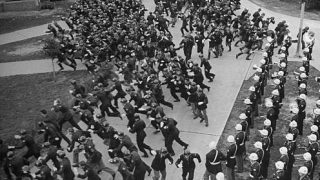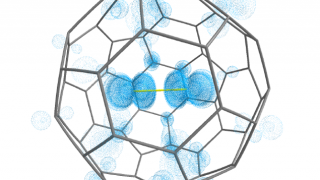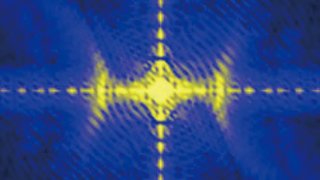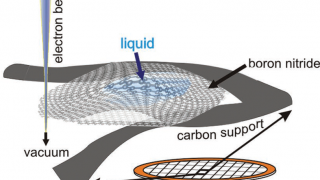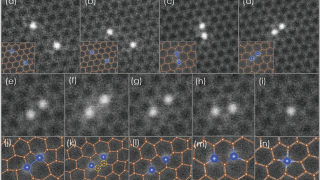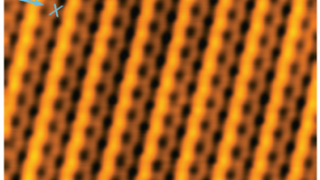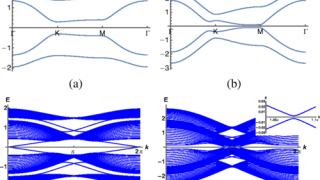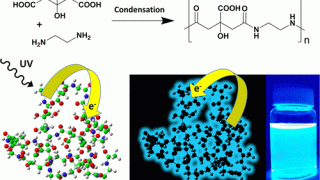
Origin of the mysterious blue fluorescence of polymer carbon dots
Chemistry • Condensed matter • Materials • Nanotechnology • Quantum physics
A quantum dot is a nanometric crystalline structure of semiconductor materials. In a quatum dot electrons are confined in a region of space, thus creating a well defined structure of energy levels that depends very much on the size and shape of the quantum dot. This structure resembles that of atoms, that is why sometimes […]
